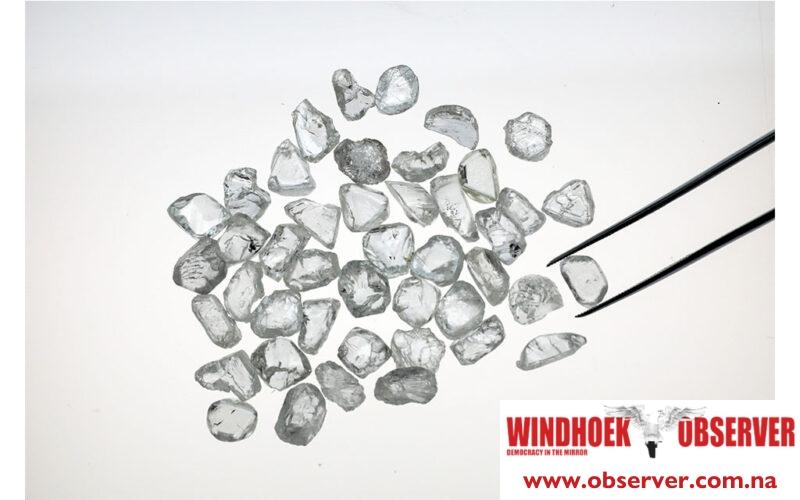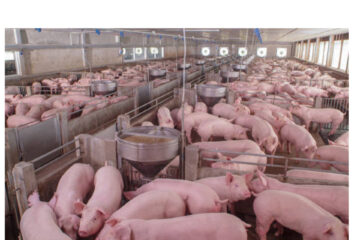Synthetics diamonds prices are trading as low as 98 percent below the Rapaport Price List for natural diamonds.
Rapaport said Walmart sells a 3 ct., Round, F-G, VS1-VS2, synthetic diamond solitaire ring for US$2,975, while Signet’s Blue Nile sells a similar 3.00 ct., Round, G, VS1 synthetic diamond solitaire ring for US$8,190. That’s a 275 percent difference for the same ring, it said.
De Beers said in September that it had decided to call time on offering lab-grown diamonds for engagement rings even as the man-made alternatives continue to cannibalise demand in one of the company’s most important markets.
Mines minister Tom Alweendo warned in July that competition from synthetic diamonds will place increased pressure on diamond-producing countries to compete for market share.
“If synthetic diamonds start to capture the market that we as natural diamond-producing countries sell to, it then means that we are going to lose that market. The challenge would then be how we deal with this,” he said.
In August, Namib Desert Diamonds (Namdia)’s Lelly Usiku, Executive: Market Development, Sales and Brand said lab diamonds are the biggest threat facing the Namibian diamond industry.
Usiku said lab diamonds or synthetic diamonds cost about 60 to 80 less than natural diamonds like the ones produced by Namibia. She noted that synthetic diamonds are growing in popularity in China, which is the biggest retail market in the world after the United States.
Rapaport said some jewelers are pushing synthetic diamonds because they can make huge profit margins.
“This won’t last because synthetic diamond prices are crashing to hundreds and even tens of dollars per carat. This is because they are available in unlimited supply.”
Rapaport added that consumers should be aware that synthetic diamonds are not like natural diamonds which are rare and expensive. “Synthetic diamonds are not real diamonds. They do not retain value.”




